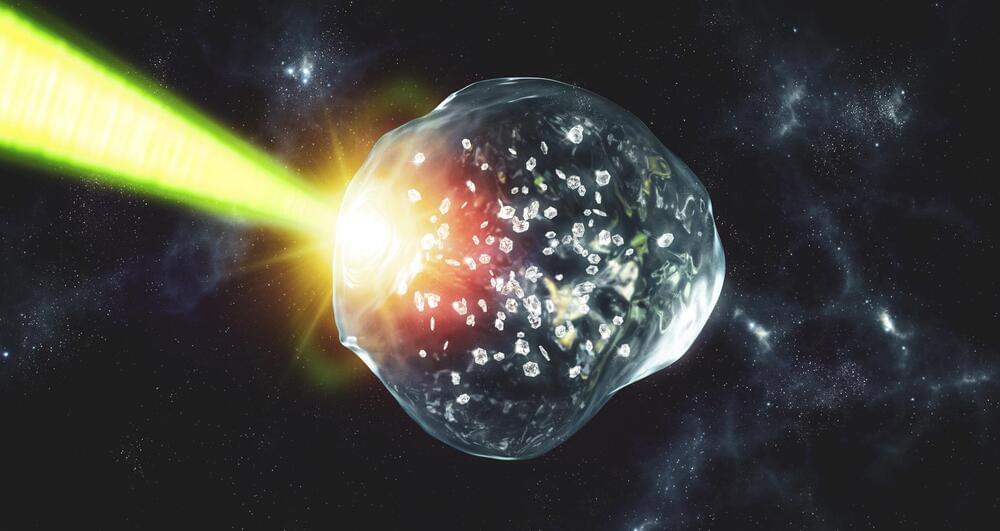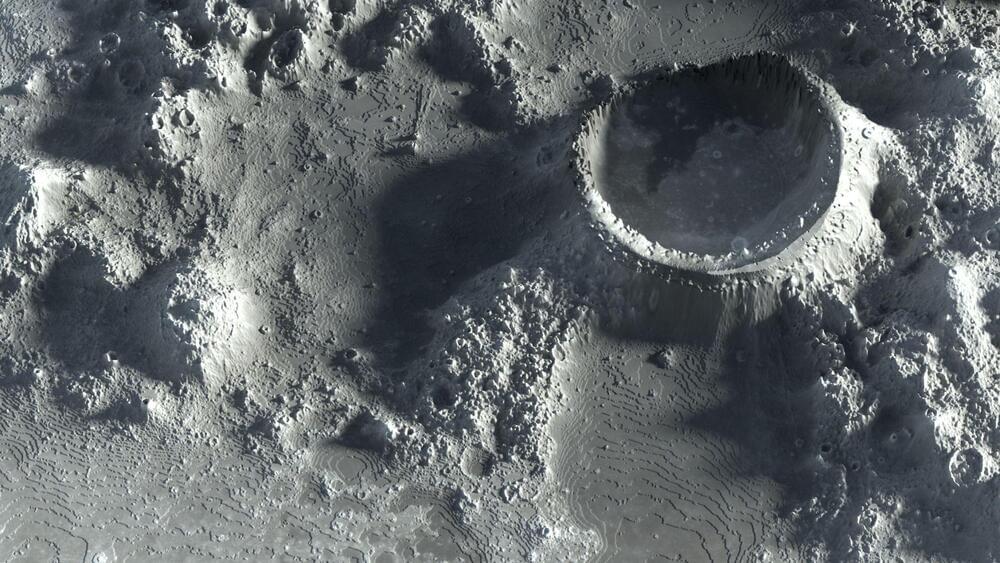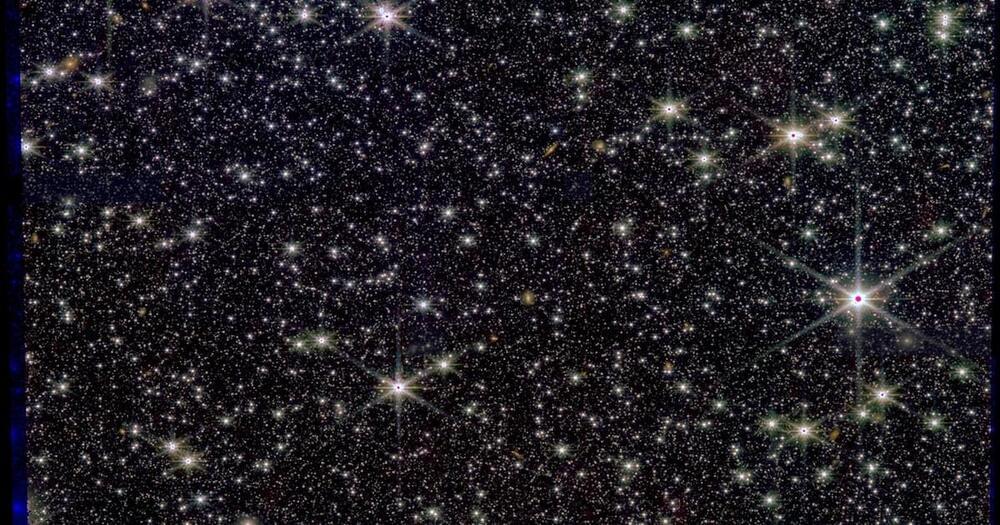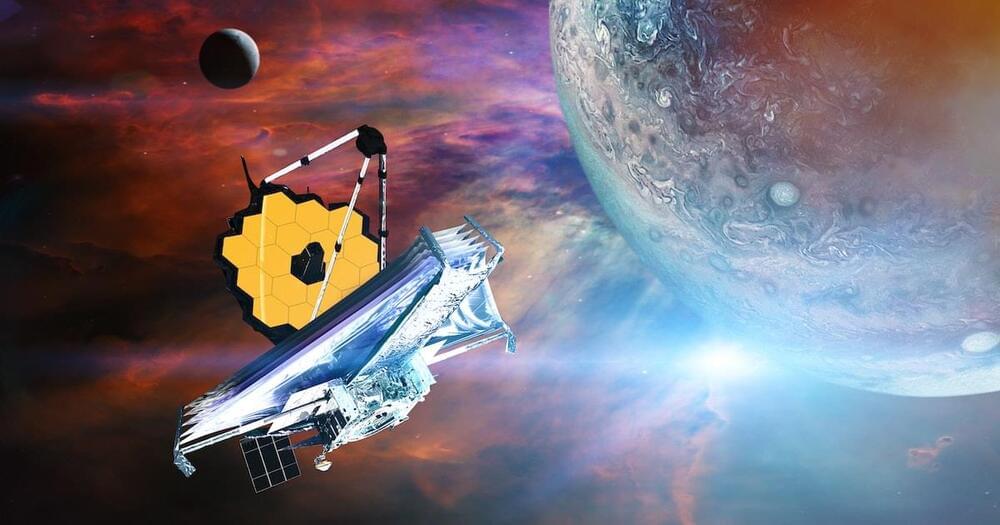
A new study has found that “diamond rain,” a long-hypothesized exotic type of precipitation on ice giant planets, could be more common than previously thought.
In an earlier experiment, researchers mimicked the extreme temperatures and pressures found deep inside ice giants Neptune and Uranus and, for the first time, observed diamond rain as it formed.
Investigating this process in a new material that more closely resembles the chemical makeup of Neptune and Uranus, scientists from the Department of Energy’s SLAC National Accelerator Laboratory and their colleagues discovered that the presence of oxygen makes diamond formation more likely, allowing them to form and grow at a wider range of conditions and throughout more planets.


















